Seismological Society of America > News
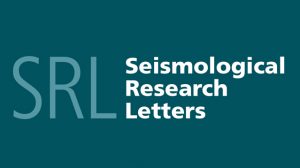
22 March 2021—Seismological Research Letters papers on the 2019 Ridgecrest, California earthquake sequence and papers on seismological tools and instrumentation were among the top-cited papers from the journal published in 2020. The ranking of all papers noted below reflect citation and download numbers through 31 January 2021: D.R. Shelly “A … Continue Reading »
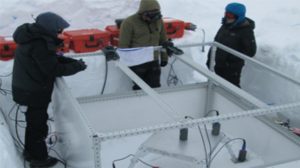
17 March 2021–The NASA-funded Seismometer to Investigate Ice and Ocean Structure (SIIOS) performed well in seismic experiments conducted in snowy summer Greenland, according to a new study by the SIIOS team led by the University of Arizona published this week in Seismological Research Letters. SIIOS could be a part of … Continue Reading »

15 March 2021–Rengin Gök’s work day starts early, with text messages and email from all around the Middle East, Central Asia, Southeast Asia and the Caucasus regions. Even before the pandemic, she kept odd office hours, responding to her colleagues in these regions late into the night and on weekends. … Continue Reading »
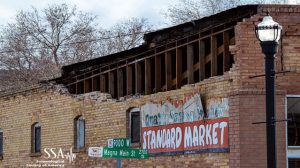
4 March 2021–the first half of 2020, the U.S. Intermountain West region of the United States experienced four significant earthquake sequences, spanning multiple states. In the new issue of SRL, 15 papers characterize these major earthquakes and discuss how they are helping seismologists gain new insights into the tectonics of … Continue Reading »
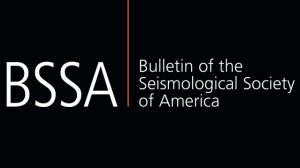
1 March 2021–Five papers from BSSA’s special section on the 2019 Ridgecrest, California earthquake sequence were the top-cited papers from the journal published in 2020. The ranking of all papers noted below reflect citation and download numbers through 31 January 2021: 1.DuRoss. et al. “Surface Displacement Distributions for the July … Continue Reading »
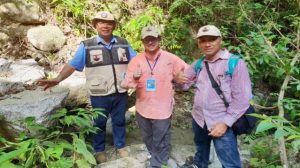
16 February 2021–Ben Mason has been a member of four post-earthquake reconnaissance teams, dispatched to places like Nepal after a magnitude 7.8 earthquake in 2015 and Japan after the 2011 magnitude 9.0 Tohoku earthquake and tsunami to gather information on how these major events occurred and what steps can be … Continue Reading »






